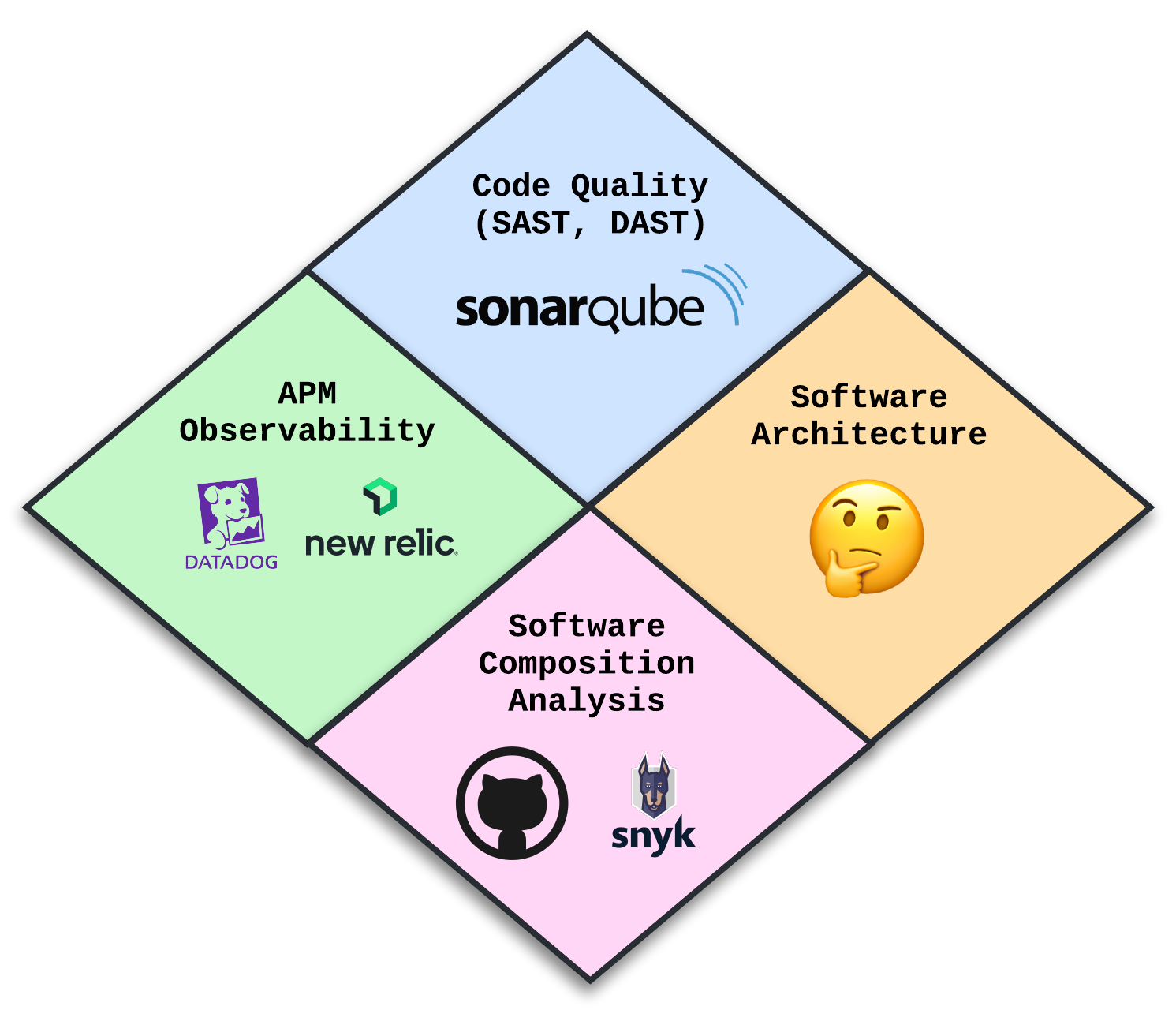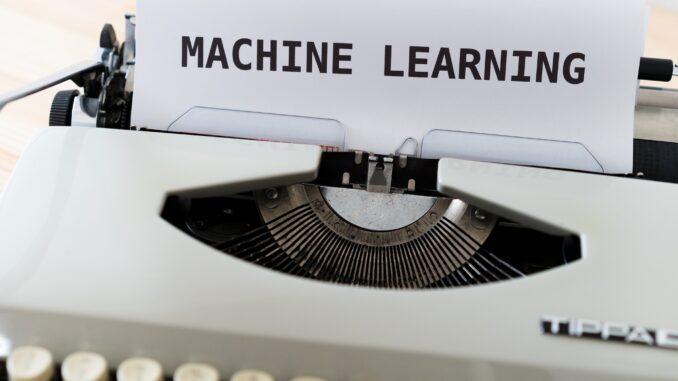Should Your Organization Use a Hyperscaler Cloud Provider?

Vendor lock-in is perhaps the biggest hyperscaler pitfall. "Relying too heavily
on a single hyperscaler can make it difficult to move workloads and data between
clouds in the future," Inamdar warns. Proprietary services and tight
integrations with a particular hyperscaler cloud provider's ecosystem can also
lead to lock-in challenges. Cost management also requires close scrutiny.
"Hyperscalers’ pay-as-you-go models can lead to unexpected or runaway costs if
usage isn't carefully monitored and controlled," Inamdar cautions. "The massive
scale of hyperscaler cloud providers also means that costs can quickly
accumulate for large workloads." Security and compliance are additional
concerns. "While hyperscalers invest heavily in security, the shared
responsibility model means customers must still properly configure and secure
their cloud environments," Inamdar says. "Compliance with regulatory
requirements across regions can also be complex when using global hyperscaler
cloud providers." On the positive side, hyperscaler availability and durability
levels exceed almost every enterprise's requirements and capabilities, Wold
says.
Innovate Through Insight
The common core of both strategy and innovation is insight. An insight results
from the combination of two or more pieces of information or data in a unique
way that leads to a new approach, new solution, or new value. Mark Beeman,
professor of psychology at Northwestern University, describes insight in the
following way: “Insight is a reorganization of known facts taking pieces of
seemingly unrelated or weakly related information and seeing new connections
between them to arrive at a solution.” Simply put, an insight is learning that
leads to new value. ... Innovation is the continual hunt for new value;
strategy is ensuring we configure resources in the best way possible to
develop and deliver that value. Strategic innovation can be defined as the
insight-based allocation of resources in a competitively distinct way to
create new value for select customers. Too often, strategy and innovation are
approached separately, even though they share a common foundation in the form
of insight. As authors Campbell and Alexander write, “The fundamental building
block of good strategy is insight into how to create more value than
competitors can.”
Managing Architectural Tech Debt

Architectural technical debt is a design or construction approach that's
expedient in the short term, but that creates a technical context in which the
same work requires architectural rework and costs more to do later than it
would cost to do now (including increased cost over time). ... The shift-left
approach embraces the concept of moving a given aspect closer to the beginning
than at the end of a lifecycle. This concept gained popularity with shift-left
for testing, where the test phase was moved to a part of the development
process and not a separate event to be completed after development was
finished. Shift-left can be implemented in two different ways in managing
ATD:Shift-left for resiliency: Identifying sources that have an impact on
resiliency, and then fixing them before they manifest in performance.
Shift-left for security: Detect and mitigate security issues during the
development lifecycle. Just like shift-left for testing, a prioritized focus
on resilience and security during the development phase will reduce the
potential for unexpected incidents.
Snowflake adopts open source strategy to grab data catalog mind share

The complexity and diversity of data systems, coupled with the universal
desire of organizations to leverage AI, necessitates the use of an
interoperable data catalog, which is likely to be open source in nature,
according to Chaurasia. “An open-source data catalog addresses
interoperability and other needs, such as scalability, especially if it is
built on top of a popular table format as Iceberg. This approach facilitates
data management across various platforms and cloud environments,” Chaurasia
said. Separately, market research firm IDC’s research vice president Stewart
Bond pointed out that Polaris Catalog may have leveraged Apache Iceberg’s
native Iceberg Catalogs and added enterprise-grade capabilities to it, such as
managing multiple distributed instances of Iceberg repositories, providing
data lineage, search capability for data utilities, and data description
capabilities among others. Polaris Catalog, which Snowflake expects to open
source in the next 90 days, can be either be hosted in its proprietary AI Data
Cloud or can be self-hosted in an enterprise’s own infrastructure using
containers such as Docker or Kubernetes.
Is it Time for a Full-Stack Network Infrastructure?

When we talk about full-stack network infrastructure management, we aren’t
referring to the seven-stack protocol layers upon which networks are built,
but rather to how these various protocol layers and the applications and IT
assets that run on top of them are managed. ... The key to choosing between a
full-stack single network management solution or just a SASE solution that
focuses on security and policy enforcement in a multi-cloud environment is
whether you are most concerned that your network governance and security
policies are uniform and enforced or if you're seeking a solution that is
above and beyond just security and governance, and that can address the entire
network management continuum—from security and governance to monitoring,
configuration, deployment, and mediation. Further complicating the decision of
how to best grow the network is the situation of network vendors themselves.
Those that offer a full-stack, multi-cloud network management solution are in
evolutionary stages themselves. They have a vision of their multi-cloud
full-stack network offerings, but a complete set of stack functionality is not
yet in place.
The expensive and environmental risk of unused assets
While critical loads are expected to be renewed, refreshed, or replaced over
the lifetime of the data center facility, older, non-energy star certified, or
inefficient servers that are still turned on but no longer being used continue
to use both power and cooling resources. Stranded assets also include
excessive redundancy or low utilization of the redundancy options, a lack of
scalable, modular design, and the use of oversized equipment or legacy
lighting and controls. While many may plan for the update and evolution of the
ITE, the mismatch of power and cooling resources versus the equipment
requiring the respective power and cooling inevitably results in stranded
assets. ... Stranded capacity is wasted energy, cooling unnecessary equipment,
and lost cooling to areas that need not be cooled. Stranded cooling capacity
can include bypass air (supply air from cooling units that is not contributing
to cooling the ITE), too much supply air being delivered from the cooling
units, lack of containment, poor rack hygiene (missing blanking panels),
unsealed openings under ITE with raised floors, just to name a few.
Architectural Trade-Offs: The Art of Minimizing Unhappiness
/filters:no_upscale()/articles/trade-offs-minimizing-unhappiness/en/resources/22fig1-1717160045706.jpg)
The critical skill in making trade-offs is being able to consider two or more
potentially opposing alternatives at the same time. This requires being able
to clearly convey alternatives so a team can decide which alternative, or
neither, acceptably meets the QARs under consideration. What makes trade-off
decisions particularly difficult is that the choice is not clear; the facts
supporting the pro and con arguments are typically only partial and often
inconclusive. If the choice was clear there would be no need to make a
trade-off decision. ... Teams who are inexperienced in specific technologies
will struggle to make decisions about how to best use those technologies. For
example, a team may decide to use a poorer-fit technology such as a relational
database to store a set of maps because they don’t understand the better-fit
technology, such as a graph database, well enough to use it. Or they may be
unwilling to take the hit in productivity for a few releases to get better at
using a graph database.
New Machine Learning Algorithm Promises Advances in Computing

Compact enough to fit on an inexpensive computer chip capable of balancing on
your fingertip and able to run without an internet connection, the team’s
digital twin was built to optimize a controller’s efficiency and performance,
which researchers found resulted in a reduction of power consumption. It
achieves this quite easily, mainly because it was trained using a type of
machine learning approach called reservoir computing. “The great thing about
the machine learning architecture we used is that it’s very good at learning
the behavior of systems that evolve in time,” Kent said. “It’s inspired by how
connections spark in the human brain.” Although similarly sized computer chips
have been used in devices like smart fridges, according to the study, this
novel computing ability makes the new model especially well-equipped to handle
dynamic systems such as self-driving vehicles as well as heart monitors, which
must be able to quickly adapt to a patient’s heartbeat. “Big machine learning
models have to consume lots of power to crunch data and come out with the
right parameters, whereas our model and training is so extremely simple that
you could have systems learning on the fly,” he said.
Getting infrastructure right for generative AI

“It was quite cost-effective at first to buy our own hardware, which was a
four-GPU cluster,” says Doniyor Ulmasov, head of engineering at Papercup. He
estimates initial savings between 60% and 70% compared with cloud-based
services. “But when we added another six machines, the power and cooling
requirements were such that the building could not accommodate them. We had to
pay for machines we could not use because we couldn’t cool them,” he recounts.
And electricity and air conditioning weren’t the only obstacles. ... Another
factor working against unmitigated power consumption is sustainability. Many
organizations have adopted sustainability goals, which power-hungry AI
algorithms make it difficult to achieve. Rutten says using SLMs, ARM-based
CPUs, and cloud providers that maintain zero-emissions policies, or that run
on electricity produced by renewable sources, are all worth exploring where
sustainability is a priority. For implementations that require large-scale
workloads, using microprocessors built with field-programmable gate arrays
(FPGAs) or application-specific integrated circuits (ASICs) are a choice worth
considering.
Security Teams Want to Replace MDR With AI: A Good or Bad Idea?

“The first stand-out takeaway is the dissatisfaction with MDR systems across
the board. A mix between high false positive rates and system inefficiencies
is driving a shift for AI solutions, the driving factor being accuracy.”
McStay said that the report’s findings that claim that AI has the potential to
automate and decrease workloads by as much as 95% are “potentially inflated”.
“I don’t think it will be that high in practice, but I would still expect a
massive reduction in workload (circa 50-80%). Perhaps opening up a new
conversation around where time should be spent best?” McStay added that she
does believe replacing MDR with AI is “smart, and certainly what the future
will look like”, based on accuracy and response time. ... “The catch is
that nobody is ‘replacing’ anything, rather AI is being integrated solely for
the purpose of expediting detection and response, which improves the
signal-to-noise ratio for human operators drastically and makes for a far more
effective SOC,” Hasse explained. When questioned whether it was a good idea to
replace MDR with AI Hasse said security teams should not be replacing MDR
services but rather augmenting them.
Quote for the day:
"Decision-making is a skill. Wisdom is
a leadership trait." -- Mark Miller
No comments:
Post a Comment